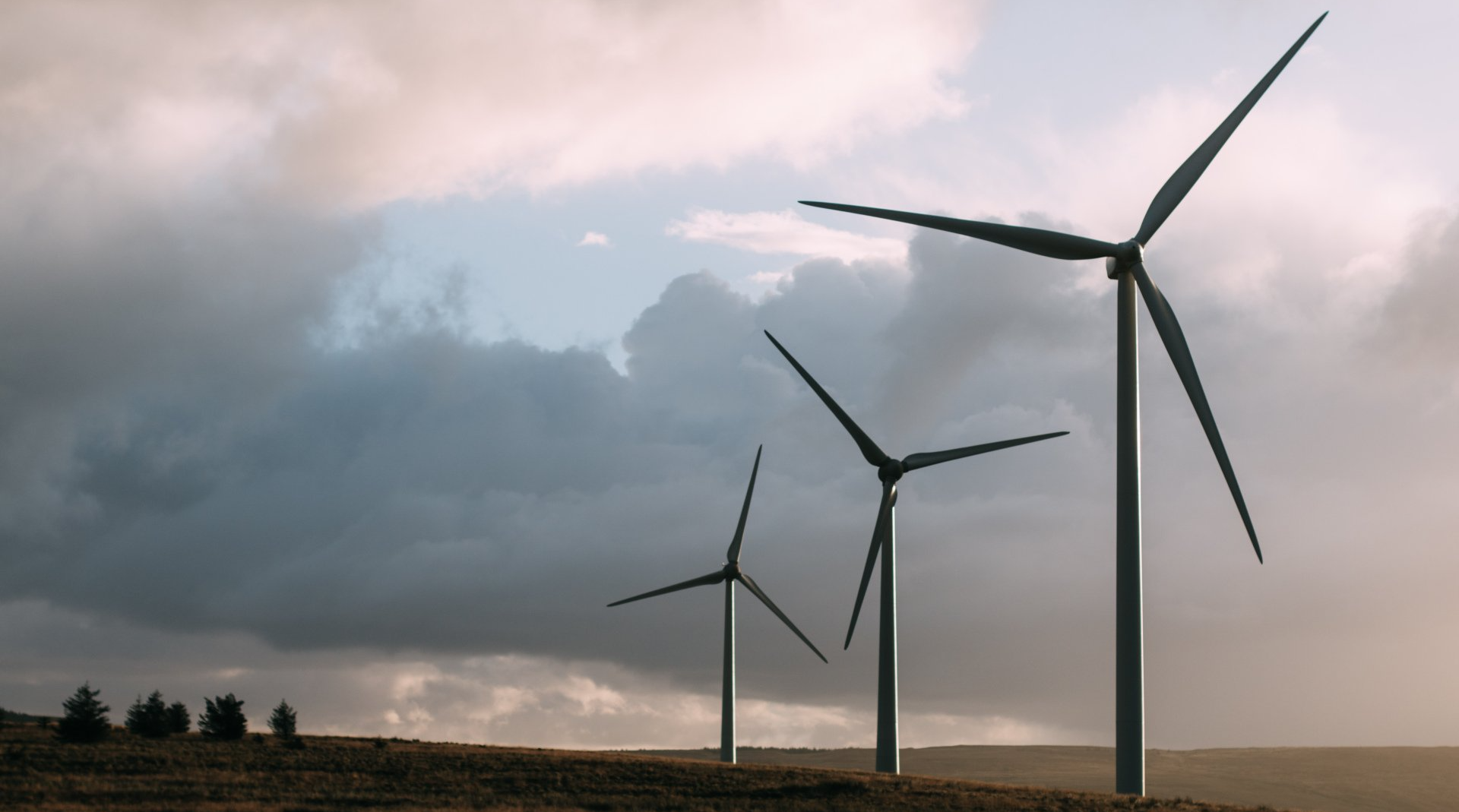Renewing Renewables
Reviewing Renewables by Ralph Hylinski

For years, we have been told by politicians from Al Gore to Alexandria Ocasio-Cortez that the way forward is to replace fossil fuel energy with renewable energy sources, in particular wind turbines, solar panels, and batteries. But is that even feasible?
Mark P. Mills is a physicist, columnist, author, entrepreneur, board director, Reagan science advisor, and Senior Fellow at the Manhattan Institute whose credits would easily fill this entire column. His 2005 co-authored book “The Bottomless Well” led Bill Gates to say, it is “the only book I’ve seen that really explains energy…” Mills frequently comments on the reality of our Green energy policy.
“Can we supply our energy needs by building enough wind and solar farms and enough batteries? The simple truth is we can’t, nor should we want to”, says Mills, “not if our goal is to be good stewards of the planet.”
Realities of physics are being ignored. All sources of energy have limits that cannot be exceeded. The maximum rate at which the sun’s photons can be converted to electrons is about 33%. Our best solar technology is at 26% efficiency. For wind, the maximum capture is 60%. Our best machines are at 45%. So, we are pretty close to wind and solar limits. Despite claims of big gains coming, there just aren’t any possible, says Mills.
Wind and solar only work when the wind blows and the sun shines, but we need energy all the time. The solution we’re told is to use batteries. Physics and chemistry make this very hard to do, says Mills.
Consider the world’s biggest battery factory built by Tesla in Nevada. It would take 500 years for that factory to make enough batteries to store one day’s worth of America’s electricity needs.
If your concern is to protect the environment, consider that wind, solar, and batteries, like all machines, are built from nonrenewable materials.
Mills offers some sobering numbers. A single electric car battery weighs about half a ton. Fabricating one requires digging up, moving, and processing more than 250 tons of earth.
Building a single 100-megawatt wind farm, which can power 75,000 homes, requires some 30,000 tons of iron ore and 50,000 tons of concrete, as well as 900 tons of non recyclable plastics for the huge blades. To get the same power from solar, the amount of cement, steel, and glass needed is 150% greater.
Then there’s the other needed minerals, including rare earth metals. Present plans would require a 2,000% increase in mining for some elements. Massive new mining operations will commence, but almost none of it in America thanks to stifling regulations, and a Green policy that is a mess, says George Mason University’s Veronique De Rugy in National Review.
Mining will take place in some countries that are hostile to America. New mining will destroy remote untouched wilderness with its great biodiversity. Amnesty International warns we will see more “children carrying bags of rocks,” states Mills. The mining itself requires massive amounts of conventional energy, as do industrial processes to refine materials, and to build the actual hardware.
“Then there’s the waste,” Mills reminds us. Wind turbines, solar panels, and batteries have a relatively short life—on average, about 20 years. The International Renewable Energy Agency calculates that by 2050, the disposal of worn-out solar panels will constitute over double the tonnage of all of today’s global plastic waste. Worn out wind turbines and batteries will add millions of tons more waste. It will be a whole new environmental challenge.
Alternating renewables with conventional energy production is costly, says Alex Epstein of the Center for Industrial Progress. In Germany, they use renewables backed up by coal. As a result, their energy costs have skyrocketed, and people talk about being “energy poor.”
Mills concludes that “before we launch history’s biggest increase in mining, dig up millions of acres in pristine areas, encourage childhood labor, and create epic waste problems, we might want to reconsider our almost inexhaustible supply of hydrocarbons, the fuels that make our marvelous, modern world possible--and technology is making it easier to acquire and cleaner to use them every day.”
Michael Shellenberger is a world-renowned activist, a Time Magazine “Hero of the Environment,” Green Book Award winner, and the founder and president of Environmental Progress. His TED talks have been viewed by millions.
Shellenberger believes nuclear is now our best energy source. He finds it unacceptable that windmills kill endangered species like eagles, and that solar farms require vast tracts of land destroying natural habitat and wildlife. He asks, “Now that we know that renewables can’t save the planet, are we going to keep letting them destroy it.”
We need new government energy policies that derive from science and reason, not politics and propaganda.
WANT TO LEARN MORE ABOUT THE REPUPUBLICAN CLUB OF ROSSMOOR?

CONTACT US
QUICKLINKS
All Rights Reserved | Republican Club of Rossmoor


